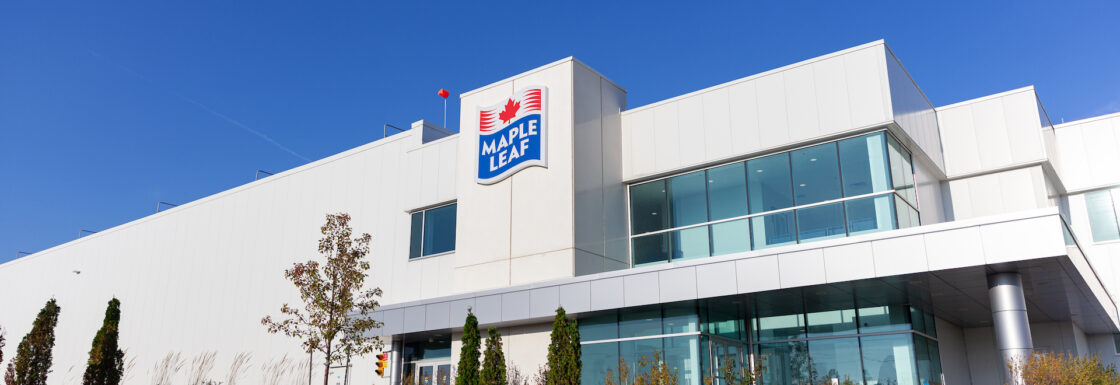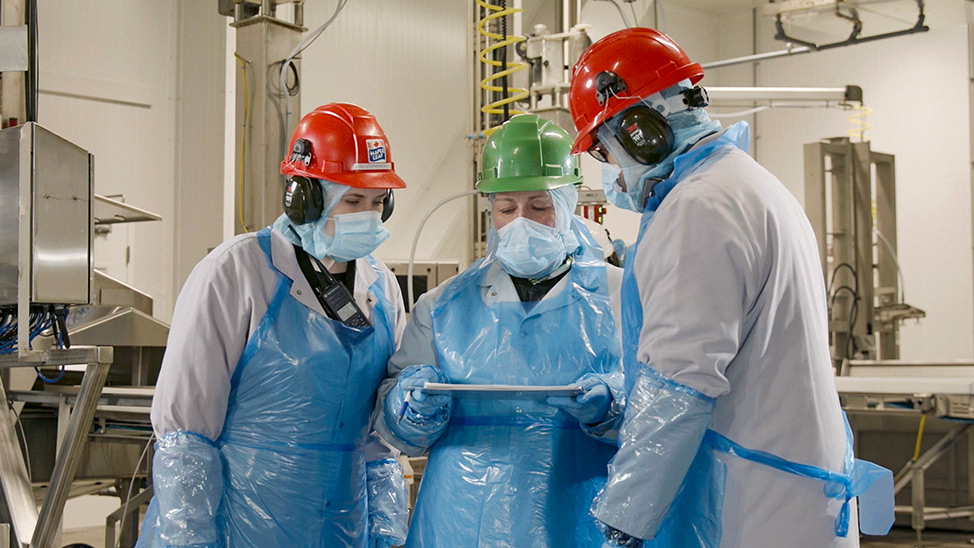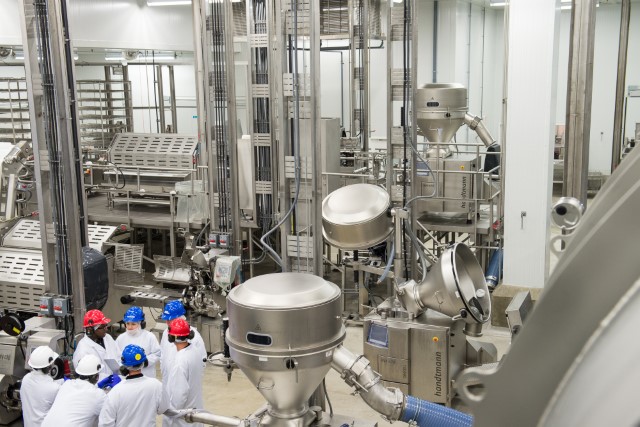Carbon Neutral – What it is – and How we Achieved it

1. What is Carbon Neutral?
Carbon neutrality is achieved when an organization has reduced the net climate impact of their operations or activities to zero, usually after purchasing offsets in a quantity equal to their total emissions after reduction efforts.* Maple Leaf Foods became carbon neutral by aggressively avoiding and reducing our greenhouse gas (GHG) emissions and investing in high-impact environmental projects to neutralize our remaining and currently unavoidable emissions.
2. What does Carbon Neutral mean for Maple Leaf Foods? Why Carbon Neutrality?
Becoming the world’s first major carbon-neutral food company is a significant step forward in our sustainability journey. For years, we’ve been working to reduce our environmental footprint by 50 percent by 2025. But, the urgency of the climate crisis has compelled us to become carbon neutral now and set ambitious science-based GHG emissions targets. There is simply no more time to waste. Climate change’s devastating impact on our planet must be confronted head-on by business leaders, and it must be done now.

3. How did Maple Leaf Foods begin its Carbon Neutral journey?
Maple Leaf Foods embarked on its sustainability journey in 2014. Since then, it has remained committed to being a leader in sustainability and taking necessary action to address the urgent threat of climate change to protect the planet. In 2017, senior leadership at Maple Leaf identified that the company’s purpose rested at the intersection between what society needs and what the company is uniquely positioned to do: “Raise the Good in Food.” Along with this purpose came our vision to be the most sustainable protein company on earth. Guided by our purpose and vision, the company created a blueprint to map out our business strategy. At the center of our blueprint is the concept of Shared Value – the notion of implementing policies and operating practices that enhance the competitiveness of a company while simultaneously advancing the economic and social conditions in the communities in which it operates. Assessing how we can create shared value for all our stakeholders is the guiding star in our decision-making practices and helps us to advance in our purposeful journey to be the most sustainable protein company on earth.
We place tremendous value on having an open dialogue about sustainability with Maple Leaf Foods stakeholders. In 2018, we compiled a comprehensive list of topics based on findings from consultations and surveys with employees, customer interviews, ongoing internal sustainability initiatives, competitive benchmark reports and discussions with key internal leaders who are in contact with our external stakeholders. This list of topics helps focus our efforts and aided in the development of our ambitious goals to reduce our environmental footprint by 50% by 2025.
In 2019, we decided to go further. We worked with an external organization to establish our carbon emissions inventory and develop a comprehensive carbon management strategy. To do our part and have the most meaningful impact, we recognized that we needed to act boldly and now. That’s why in September of 2019, we became a carbon-neutral company and set science-based targets approved by the Science Based Targets Initiative (SBTi) to reduce our Scope 1 & 2 (absolute) greenhouse gas emissions by 30%, and our Scope 3 emissions intensity (per tonne of product produced) by 30% by 2030.

4. What is Maple Leaf Foods Carbon Management Framework?
Maple Leaf Foods has developed a carbon management framework represented by a hierarchy to inform our business decisions that involve:
- avoiding carbon-intensive activities.
- reducing emissions through conservation and efficiency initiatives.
- replacing energy with renewable sources.
- offsetting emissions that cannot be reduced or are currently unavoidable.
We consider carbon management a journey within our broader sustainability journey. One of the biggest challenges was the time it took to develop our science-based targets and our carbon management strategy. During this approximate 18-month timeframe, global climate science, emissions factors and established and emerging standards were being updated constantly. This was a challenge to keep our senior leadership team updated and build an approach that was meaningful to the company now and into the future.
* Purchasing Carbon Offsets: A Guide for Canadian Consumers, Businesses, and Organizations – 2009 David Suzuki Foundation & Pembina Institute














